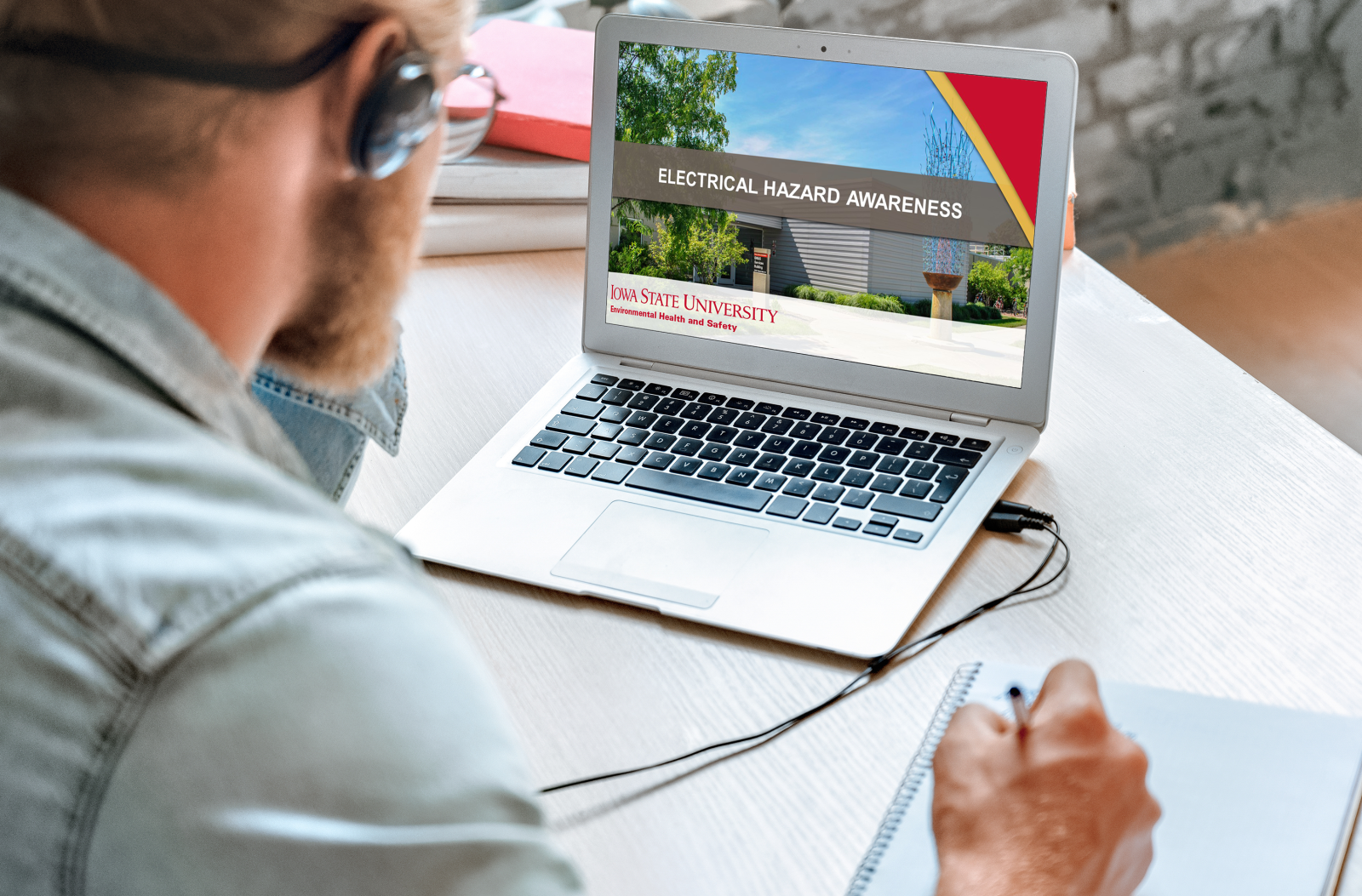The most common physical and fire hazards come from electrically powered devices. Electrically powered equipment is used routinely in university offices, laboratories, and shops. The majority of injuries associated with electrically powered equipment occur from electrical shock. An electrical shock injury can occur if a person is exposed to a current as low as 10 milliamperes (mA). Exposure at levels of 80 to 100 mA can be fatal. Electrical equipment can also serve as an ignition source for combustible materials and flammable or explosive vapors. Many risks can be minimized by following rules for the safe use of electricity and proper maintenance of electrical equipment.
- Understand the nature of all electrical equipment and maintain it in proper and good working condition.
- Be certain your hands and the floor of your work area are dry before touching electrical equipment or connecting cords.
- Learn where the disconnect switches or circuit breakers are for your area (ensure that others using equipment also know this).
- Routinely examine all wiring, plugs, temporary power taps (multiple-plug outlets), and extension cords for any signs of exposed wire or deteriorating insulation.
- If a piece of equipment gives a shock, no matter how minor, tag it "out of order" and have it repaired by a certified electrician.
- Never override fuses, circuit breakers, or interlock switches.
- Purchase or have an electrician modify drying or high-temp furnaces/ovens for thermal runaway protection.
